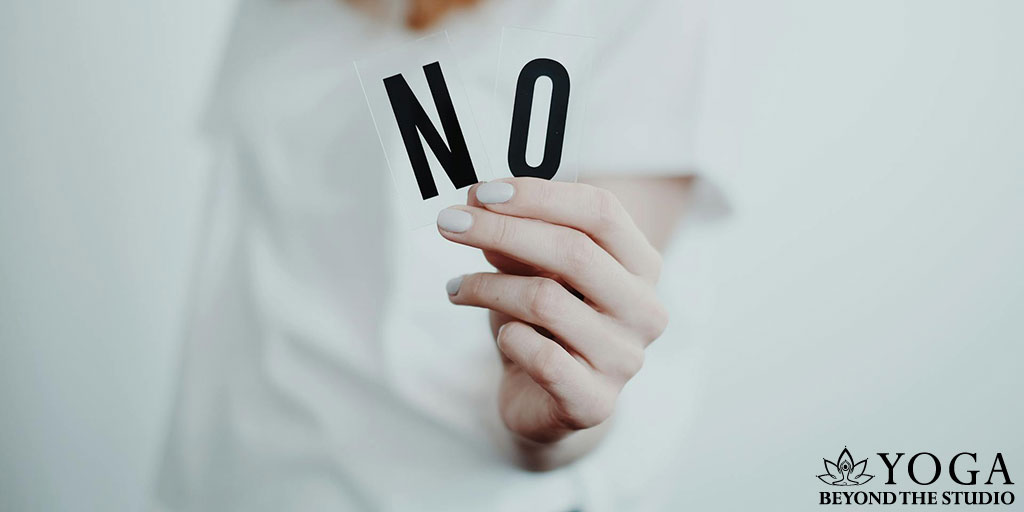
Healing is not a straight path. It unfolds when the right practice, the right teacher, and the right environment all come together. But even with the best practice, you cannot truly heal if you do not feel safe. That sense of safety is built on boundaries.
Boundaries are not walls, they are not about shutting people out. They are about creating a container where you can explore, release, and grow without fear. In yoga, as in life, healthy boundaries give you the freedom to soften into yourself. They allow space for the healing process to unfold.
Signs of Healthy vs. Unhealthy Boundaries
Respect for Consent and Choice
In a yoga class, a teacher may ask before offering hands-on adjustments. In therapy, a professional checks in before inviting you to revisit a painful memory. That pause, asking for your “yes” before moving forward, is what makes healing possible.
When someone ignores your consent, whether by pushing you deeper into a pose you are not ready for or by pressuring you to share more than you want, that is a red flag.
Clarity of Roles
Teachers and therapists are guides, not directors. A yoga teacher may set the tone for class, but you decide how deeply you move into a posture. A therapist may offer support, but you choose what to share. Problems arise when those roles blur, like when a teacher gives unsolicited personal advice or a therapist starts to act like a friend. Clear roles create trust.
“A lack of transparency results in distrust and a deep sense of insecurity.”
Dalai Lama
Balanced Power Dynamics
The best teachers and healers empower you to trust yourself. If you feel dependent on someone else’s approval to make progress, that is not healing, it is control. True healing helps you build inner strength and confidence so that you can carry it beyond the mat or the session.
Safe Spaces
Many people avoid healing because they are afraid, afraid of what might surface, or afraid of being judged. But in a safe space, you can process those fears with care and privacy. When the other person exhibits trust and shows you a safe space to be yourself, it often makes it a lot easier for you to match that dynamic and exhibit trust back. What is shared there stays there. When that trust is broken, the space is no longer safe.
How to Build and Protect Boundaries
Boundaries are not about being rigid, they are about honoring yourself. Start by listening inward. Notice when something feels right, and when it does not. That self-reflection is the first step to setting limits that protect your energy.
It also helps to learn what healthy professional standards look like, whether in yoga or therapy. When you know what respect and safety should feel like, it becomes easier to notice when lines are crossed.
Healing also does not have to happen in isolation. Sharing the journey with others who understand can be powerful. For some, yoga becomes that shared space, where movement and breath allow them to process their emotional experiences without words.
And remember, if you ever feel uncomfortable, that is a signal. You have every right to pause, to say “no,” or to step away. Boundaries are dynamic, they grow with you, and protecting them is part of your practice.
If you do experience severe violations of boundaries when working with your therapist, you may want to consult a therapist abuse lawyer. These types of lawyers specialize in any misconduct or abuse (of any nature) that occurred while in a therapy-type setting. They’ll be able to advise you and reassure you of whether the situation was harmful to you or not, and they’ll be able to help you build a case against the abuser.
Closing Thoughts
Healing can only happen when you feel safe enough to be vulnerable. Boundaries are what make that safety possible. They are the foundation for exploring your edges, facing what is difficult, and coming out stronger on the other side.
On the mat, in therapy, or in daily life, boundaries are not limitations, they are freedom.


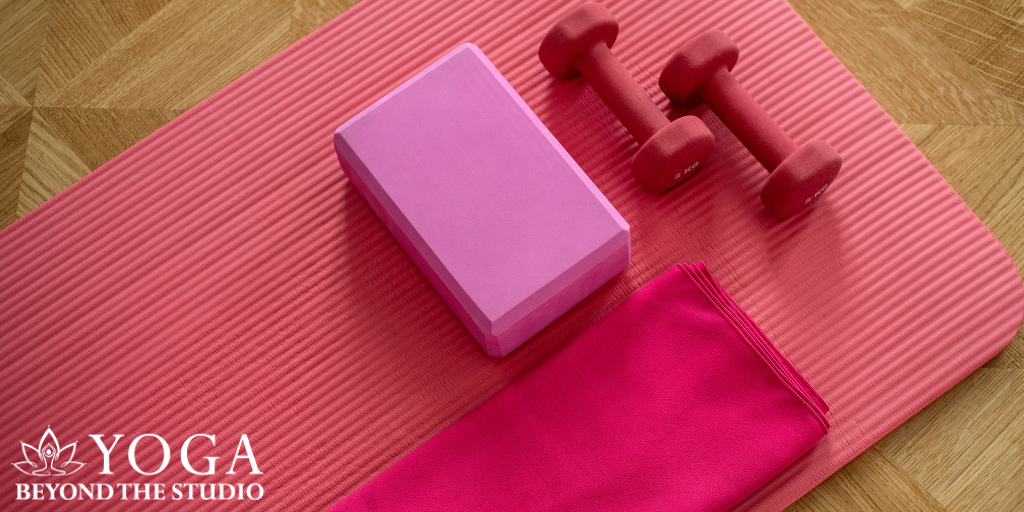
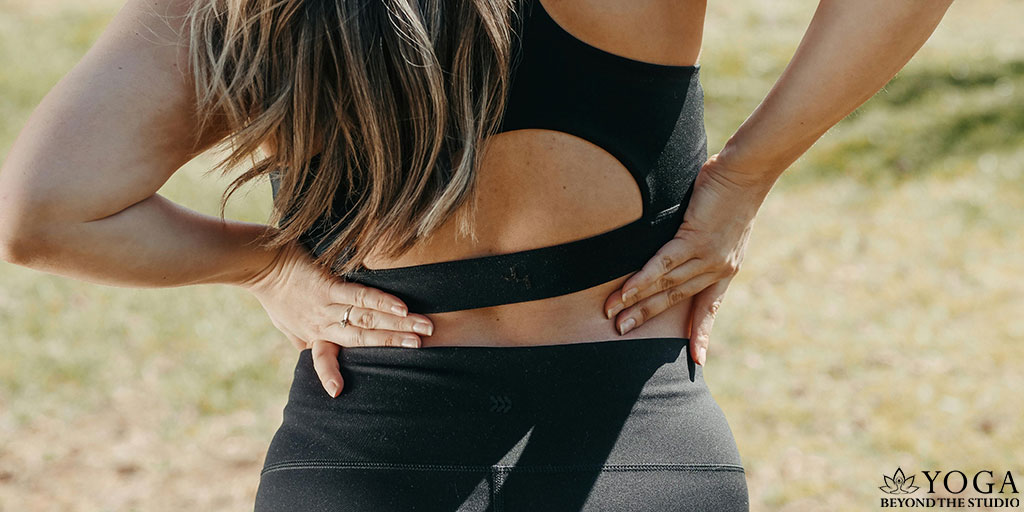
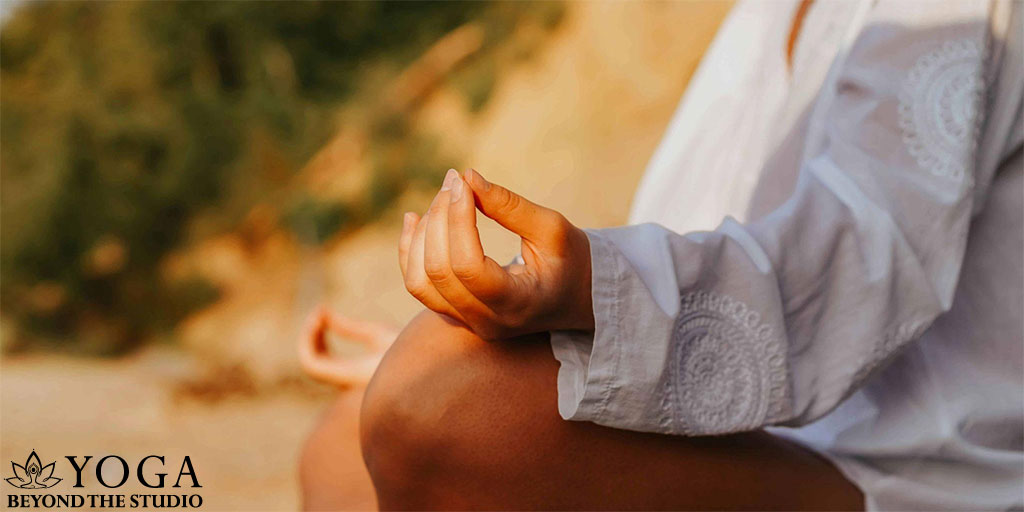
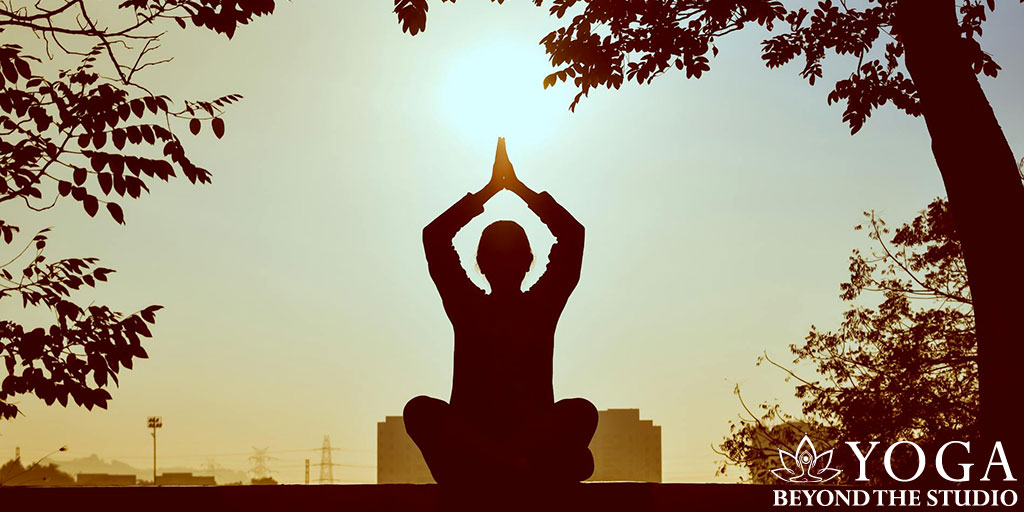
Comments